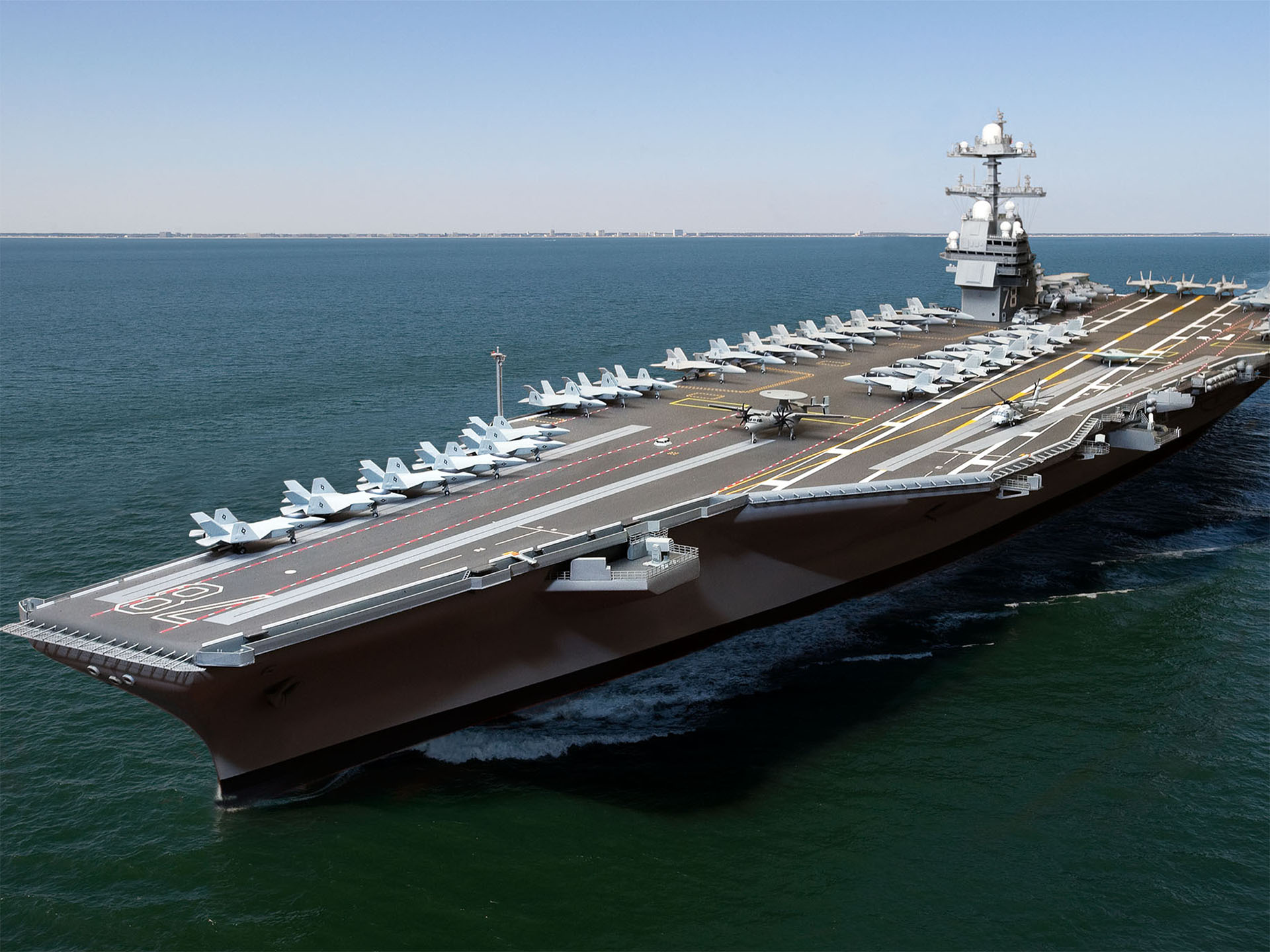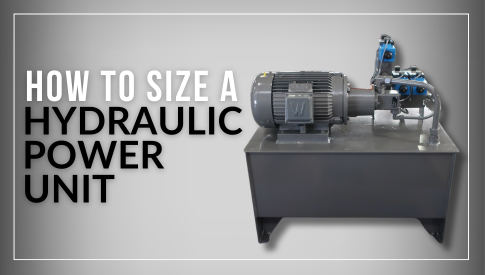Supreme Integrated Technology, Inc. (SIT) is proud to partner with numerous clients to deliver cutting-edge equipment for subsea drilling operations. One of the most transformative technologies we support is the Remotely Operated Vehicle (ROV). These underwater robots have replaced the need for human divers in many subsea tasks, significantly improving safety and operational efficiency.
Despite their proven effectiveness, some myths persist about the reliability, cost, and efficiency of ROVs in subsea drilling. Let’s dispel these misconceptions and reveal the true value of ROVs in modern drilling operations.

Myth: ROVs Are Not Reliable for Subsea Drilling Operations
Reality: ROVs are exceptionally reliable and have become an integral part of subsea drilling. These sophisticated robots are equipped with advanced technology, including high-definition cameras, manipulator arms, and precise navigation systems, which allow them to execute a wide variety of tasks with incredible accuracy and efficiency.
One of the biggest advantages of ROVs is their ability to be remotely operated from the surface. This remote operation eliminates the need for human divers to work in dangerous, high-pressure underwater environments, making operations safer and more efficient. The continuous development of hydraulic systems, thrusters, and power units ensures that ROVs can handle the toughest subsea tasks.
Key Features of ROVs That Boost Their Reliability
- High-Definition Cameras: ROVs provide real-time video feeds to operators on the surface, allowing for precise decision-making during critical tasks.
- Manipulator Arms: These arms are designed to perform complex tasks, such as cutting cables, retrieving samples, and installing subsea equipment.
- Advanced Thrusters: ROVs have highly efficient thrusters that allow them to navigate smoothly and quickly in all directions, which is crucial for completing delicate tasks underwater.
- Accurate Navigation Systems: These systems provide exact positioning and orientation data, essential for tasks like subsea inspection and mapping.
ROVs offer unparalleled reliability in conditions where human divers might face significant risks, such as deepwater environments where decompression sickness is a threat.
Myth: ROVs Are Too Expensive for Subsea Drilling
Reality: While ROVs may represent a significant upfront investment, their long-term benefits far outweigh the initial costs. In fact, ROVs enable companies to perform subsea drilling in environments that would otherwise be inaccessible using traditional methods. The ability to operate in deep waters—where pressure and environmental conditions are too extreme for divers—opens up new opportunities for exploration and resource extraction.
Moreover, ROVs improve operational efficiency in ways that human divers cannot. They can operate 24/7 without needing rest, increasing productivity and reducing downtime. The ability to carry out round-the-clock operations drastically lowers overall project costs, making ROVs a cost-effective solution in the long run.

How ROVs Offset Operational Costs
- Deeper Drilling Capabilities: ROVs allow companies to drill in deeper waters, expanding the scope of exploration and resource extraction.
- Continuous Operation: ROVs can function continuously, eliminating the need for rest periods required by human divers.
- Reduced Risk of Accidents: The absence of human divers minimizes the risk of workplace accidents, lowering potential liabilities and insurance costs.
In the subsea drilling industry, efficiency and safety are top priorities. By leveraging ROVs, companies can achieve these goals while maximizing return on investment.
Myth: ROVs Are Not as Effective as Human Divers
Reality: In many cases, ROVs surpass human divers in terms of effectiveness and precision, especially for subsea drilling operations. Unlike divers, ROVs are not limited by depth or duration of time underwater. They are equipped with a wide range of technologies designed to handle challenging underwater tasks with incredible accuracy.
Key Technologies That Make ROVs More Effective Than Divers
- Manipulator Arms: ROVs can perform a wide variety of tasks with manipulator arms, such as retrieving samples, installing subsea equipment, and even cutting cables. The precision of these arms makes them more efficient than human hands in many situations.
- Advanced Thrusters: ROVs can maneuver with extreme precision, allowing them to work in areas that are difficult or dangerous for human divers to reach.
- Navigation Systems: With cutting-edge navigation and positioning technology, ROVs can operate in complex environments with greater accuracy than human divers.
- Power Systems: ROVs can operate for extended periods without needing recharging, allowing them to perform tasks that would otherwise require multiple divers over several shifts.
ROVs are also capable of completing tasks in environments that are hazardous to humans. The ability to operate safely at extreme depths, in low visibility, and in rough sea conditions makes them essential for subsea operations.
SIT’s Expertise in ROV Systems
At Supreme Integrated Technology, Inc. (SIT), we specialize in providing robust systems for ROVs used in subsea drilling. Our expertise includes developing valve controls, deck controls, and hydraulic power units that are essential for the efficient operation of ROVs in harsh environments like deepwater drilling.
Our engineers design lightweight yet durable systems that can withstand the corrosive effects of saltwater and the extreme pressure of deepwater operations. Whether it’s supporting manipulator arm functions or powering thrusters, SIT’s technology ensures the reliability and efficiency of ROVs in demanding subsea tasks.
How SIT Enhances ROV Performance
- Valve Controls: These systems ensure the smooth operation of ROVs’ hydraulic components, providing precise control over critical tasks.
- Deck Controls: SIT’s deck control systems streamline operations, ensuring that ROVs can be safely launched and recovered from vessels.
- Hydraulic Power Units: Our hydraulic power systems are designed to power the ROV’s various components, enabling extended operations without the need for recharging.
SIT is committed to designing advanced solutions that meet the challenges of offshore drilling and other subsea operations. Our cutting-edge technology ensures that ROVs continue to operate at peak performance, even in the most extreme conditions.
Meet SIT at the Subsea Tieback Conference
If you’re interested in learning more about how ROVs can revolutionize your subsea operations, visit Supreme Integrated Technology, Inc. at the Subsea Tieback Conference in Galveston, Texas from February 28th to March 2nd. We’ll be exhibiting at Booth #806, where our experts will be available to discuss our latest innovations in subsea technology and ROV systems.
We look forward to showcasing our solutions that are pushing the boundaries of what’s possible in subsea drilling.
Conclusion: ROVs Are the Future of Subsea Drilling
The myths surrounding ROVs in subsea drilling are easily dispelled when you consider the facts. These advanced machines are not only reliable but also cost-effective and more efficient than human divers in many scenarios. With their high-definition cameras, manipulator arms, navigation systems, and advanced power units, ROVs are revolutionizing the way subsea drilling is conducted.
Supreme Integrated Technology, Inc. is proud to be at the forefront of this transformation, providing innovative solutions that enhance the capabilities of ROVs. Whether you’re looking to improve safety, increase efficiency, or explore deeper waters, ROVs are the key to unlocking new opportunities in subsea drilling.




